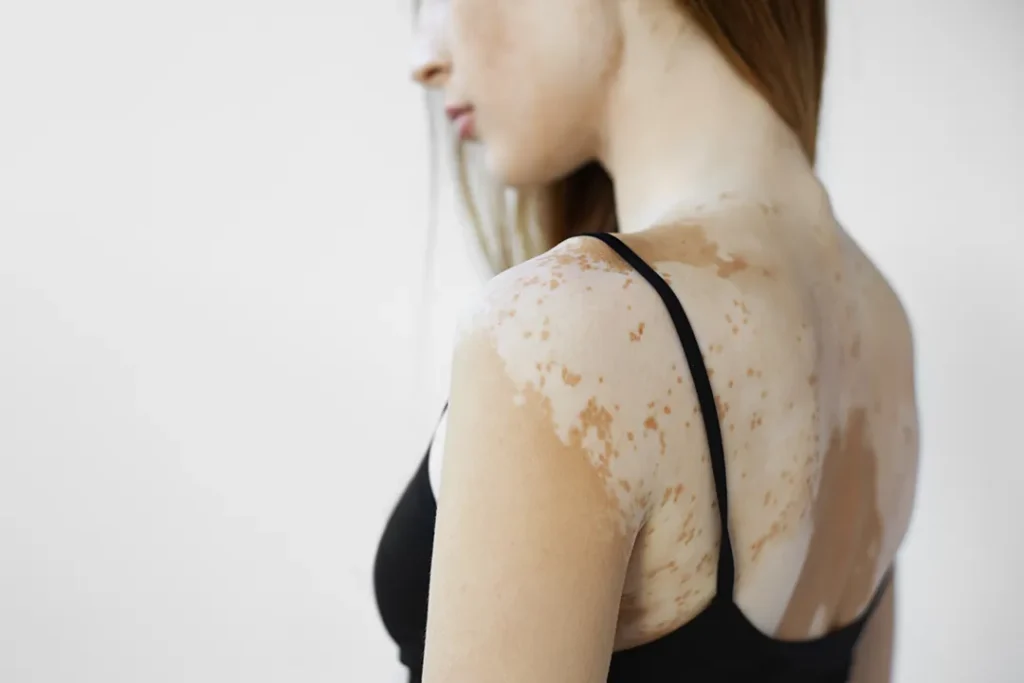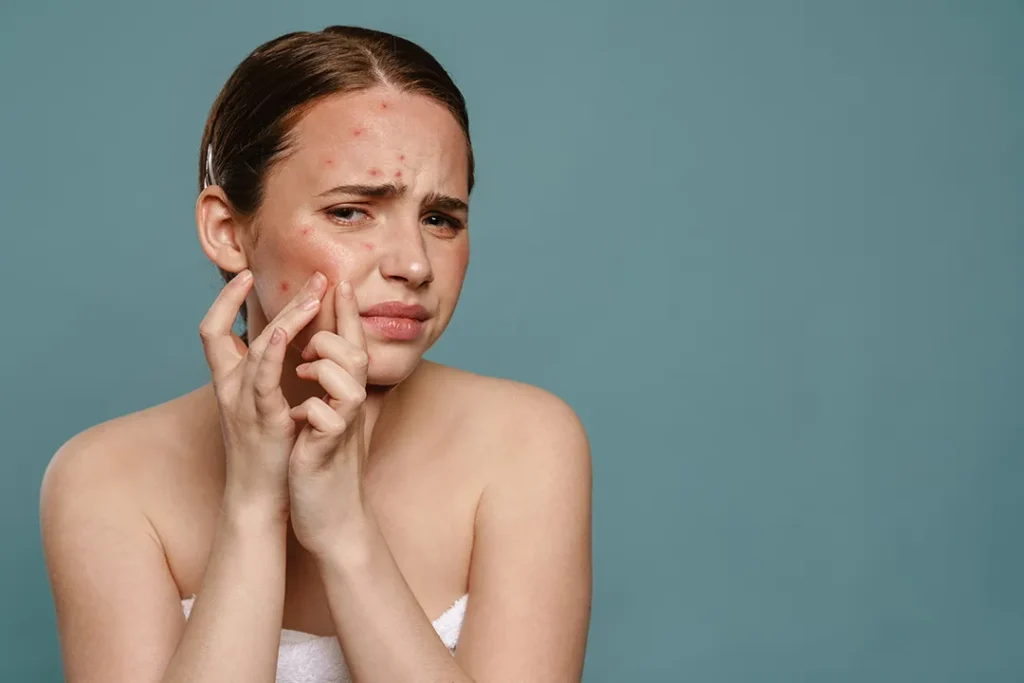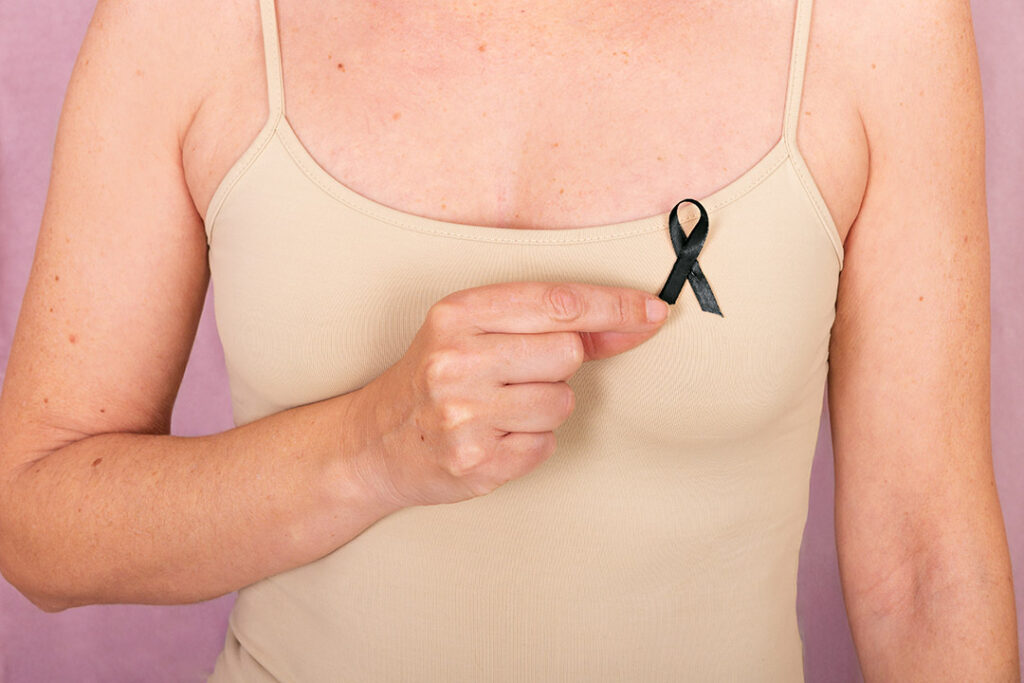Treatment decisions are something we specialise in at Austin Clinic. You will be in the hands of knowledgeable, experienced skin professionals who can help guide you to the right solution for your problem.
Photodynamic Therapy: Lighting the Way to Skin Cancer Demise
Photodynamic Therapy is a light-based approach to treating skin cancer. The light can’t pass through more than about a centimetre of tissue, so we use it to treat cancers that do not penetrate too deep in the epiderms:
- Actinic Keratosis
- Solar Keratosis
- Basel Cell Carcinomas
- Bowen’s Disease
“PDT is a two-step, out-patient procedure,” explains Dr Austin. “Firstly, a photosensitiser is applied the lesion or lesions 3-4 hours prior to their treatment, covered and left to incubate. Then the patient returns to the clinic and the lesion or lesions are exposed to specific wavelengths of light.” This light causes the photosensitiser to activate, killing off the cancerous cells. Two treatments may be needed depending on the type of lesion and how invasive it is.
“Studies have shown that PDT can work as well as surgery or radiation therapyin treating certain kinds of cancers and pre-cancers,” says the American Cancer Society. Plus, it offers benefits including:
- No long-term side effects when administered properly
- Less invasive than surgery
- Highly targeted
- Little or no scarring
- Treatment time is brief
- Usually performed as an outpatient procedure.
Cryotherapy: Give Skin Cancer the Cold Shoulder
With a name that sounds like a villain from the Marvel Universe, cryotherapy is actually a hero in treating skin lesions. Its super-power comes from liquid nitrogen. “Cryotherapy is a technique that allows us to treat pre-cancerous lesions quickly and effectively without surgery,” explains Dr Austin. Cryotherapy is an ideal therapy for patients who have a limited number of lesions that have not yet fully developed into cancerous lesions.
Topical Treatments: Pros and Cons
A limited number of superficial skin cancers respond to topical treatments with products such as Effudix or Aldara. Imiquimod, the active ingredient in Aldara, releases a variety of chemicals (cytokines) into the skin, including disease-fighting interferon. Interferon occurs naturally in the body’s white blood cells and has shown itself to be effective in keeping cancer cells from growing, as well as killing them. Another useful tool, particularly for sun-related lesions, is the chemical 5-fluoruacil, the active ingredient in Effudix.In a cream formulation, this chemical works by destroying precancerous and cancerous cells,while having little effect on normal cells.
Topical treatments may be appealing as they are more cost-effective than other options. The downside to a topical approach is that these need to be applied for four and six weeks and so the healing process is much longer.
Let’s Find a Skin Cancer Treatment Together
The first step in restoring your skin to health is to contact us for a comprehensive discussion with a member of our team. Austin Clinic skin experts can answer your questions, calm any fears you may have, and (most importantly) get you on the road to addressing your skin cancer.




